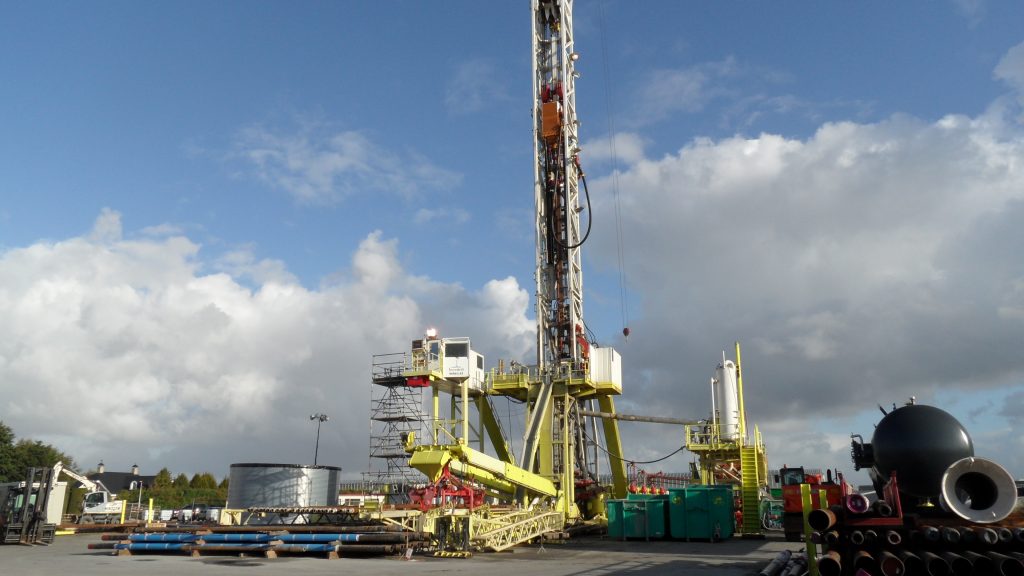Research on reducing drilling cost and expanding geothermal utilisation for the Netherlands
A collaboration of TNO, Engie, Huisman Geo, and EBN is working on ways to reduce the cost of drilling for geothermal projects that could help expand the extraction of geothermal energy across the Netherlands.
Research must show whether the production of geothermal heat from thin layers of the earth is economically feasible. TNO is collaborating with ENGIE, Huisman Geo and EBN in the RESULT (Enhancing REServoirs in Urban development) project on an innovative drilling technique. With this project, the consortium wants to demonstrate that the new drilling technology can improve production from thin earth layers by 30 to 100%. The total costs for the project are 18 million euros. 5.7 million euros comes from the European Geothermics subsidy program, the rest is funded by the consortium partners.
We previously reported on the project, which now shared further details via Stichting Warmtenetwork in the Netherlands.
By 2050, the Netherlands wants to heat about 25% of the houses, greenhouse horticulture and light industry with geothermal energy. This ambition is included in the Heat Master Plan. However, it is not that far yet. There are now a total of 24 doublets in the Netherlands, 20 of which are in production, mainly in Westland and Noord-Holland. These areas have suitable strata for the extraction of geothermal energy and there is a great deal of knowledge about the deep subsurface. The economic feasibility of extracting geothermal energy strongly depends on the thickness, depth and permeability of the earth’s layers. A well-permeable earth layer of at least 100 meters in depth is now seen as a requirement for cost-effective geothermal energy.
Alternative techniques
By using alternative techniques, TNO wants to investigate whether it is possible to extract sufficient heat from less thick and less permeable earth layers. With RESULT, the consortium wants to demonstrate that the new drilling technology can improve production from thin earth layers by 30 to 100%. Multilateral drilling, a drilling with several side branches, is investigated in this research and can possibly reduce the costs of geothermal energy. If this is the case and the drilling with the new techniques is successful, geothermal energy can be developed in many more areas in the Netherlands at a lower cost than previously assumed.
Suitable test location
To test the new technology, TNO and its consortium partners went in search of a suitable test location. That will probably be Zwolle. A lot of preliminary work has already been done in Zwolle to be able to use geothermal energy as a sustainable heat source. The conditions for the application of geothermal energy are favorable in the districts of Holtenbroek and Aa -landen. For example, a heat network appears to be the best alternative to heating with natural gas in these neighborhoods. Moreover, it appears that the subsoil is suitable for extracting geothermal heat, but that the earth layer does have a limited thickness. This limited thickness makes Zwolle suitable as a test location for the new drilling technology that TNO wants to test together with its consortium partners.
Multilateral bore
The earth layer in Zwolle is approximately 60 meters thick at the location where the heat network may be developed. Huisman Geo, one of the consortium partners, wants to conduct a multilateral drilling at this location. The consortium partners want to demonstrate that with this innovative drilling technique and innovative tools, production can be significantly increased and costs can be reduced compared to regular drilling techniques. First, extensive technical, geological and economic research is carried out on site. Then a drilling is done. If this demonstration is successful, a second drilling will follow. The first well becomes the production well on a successful demonstration, the second the injection well.
Source: Warmtenetwerk


















